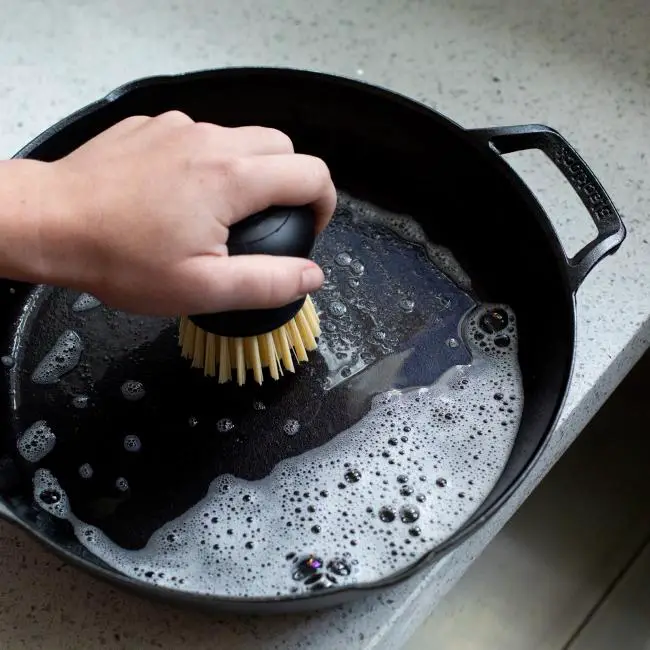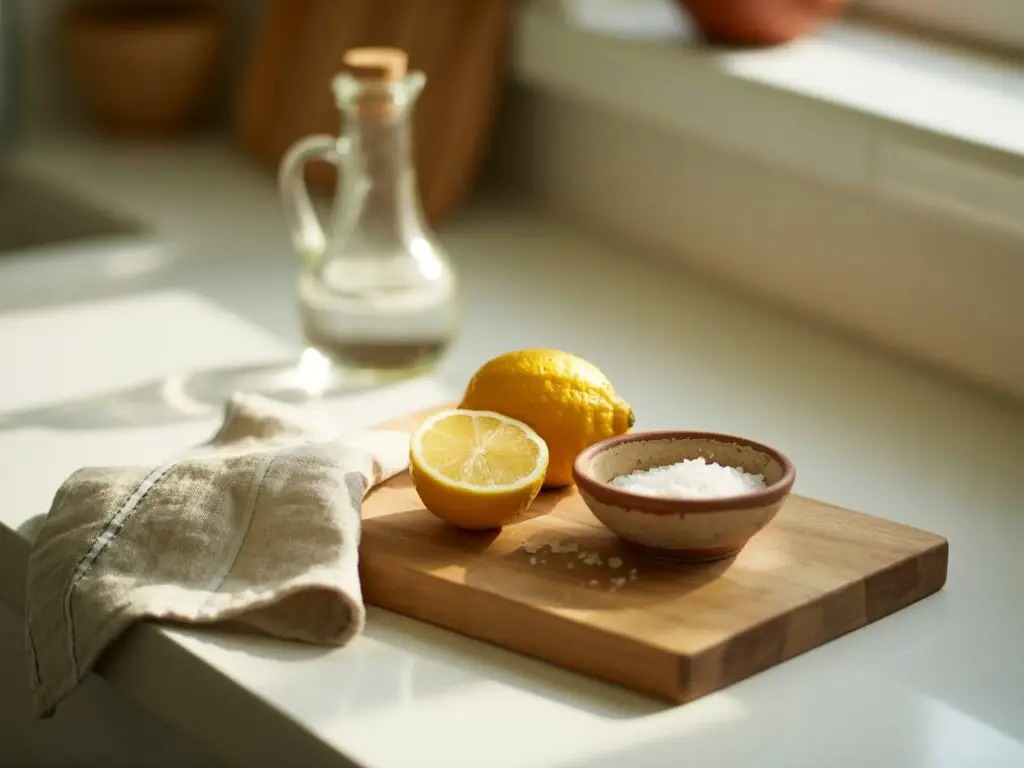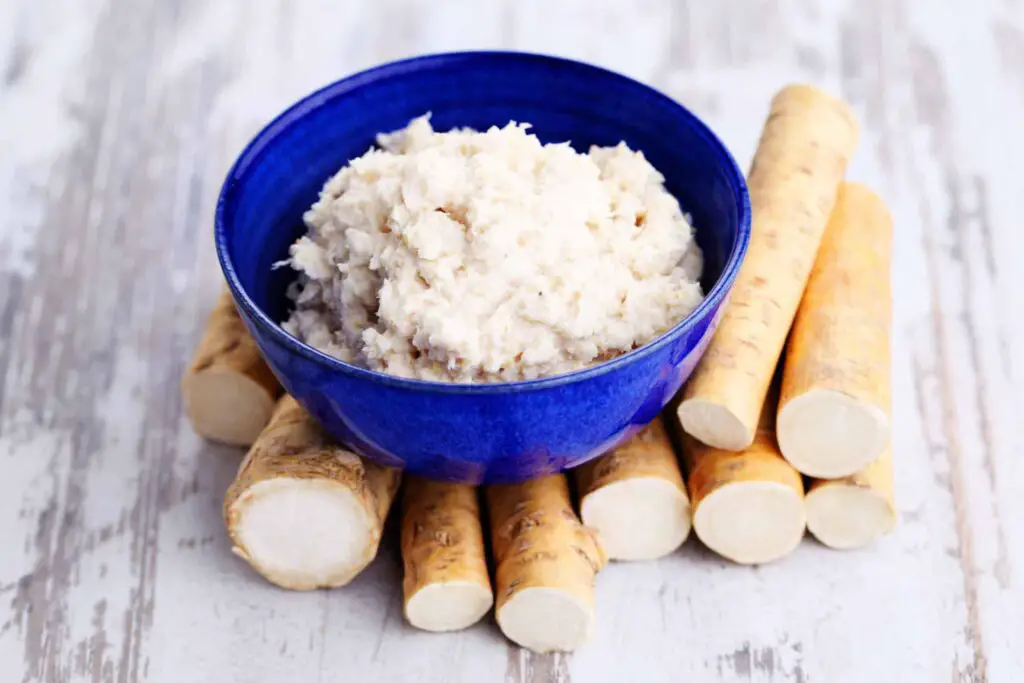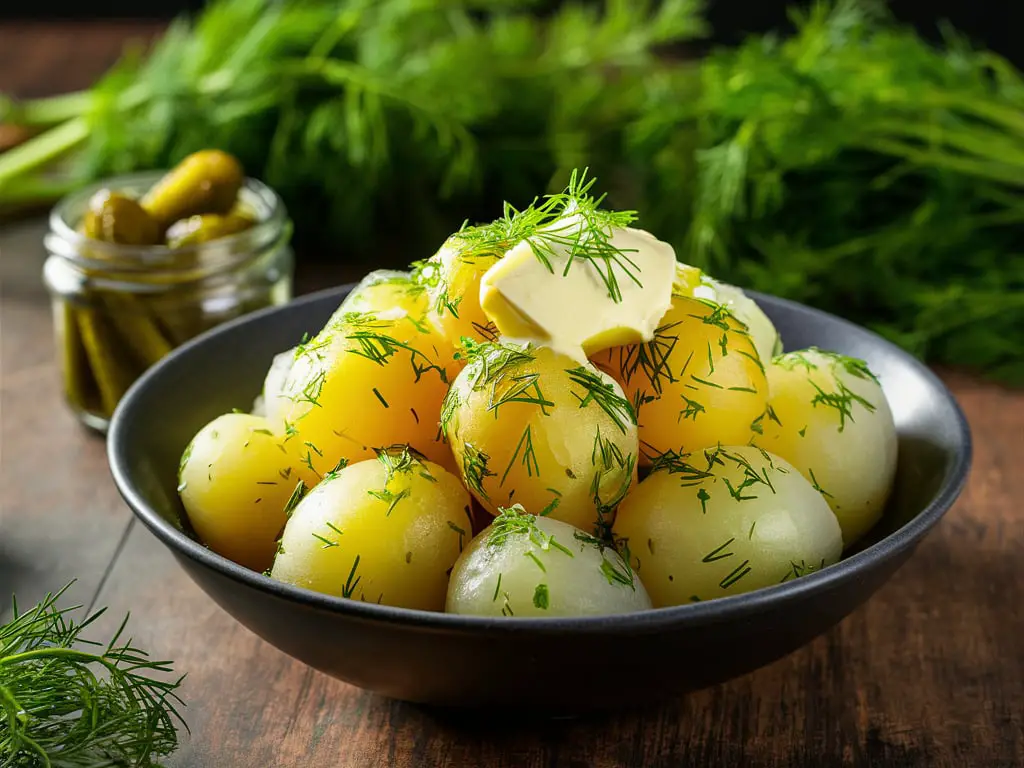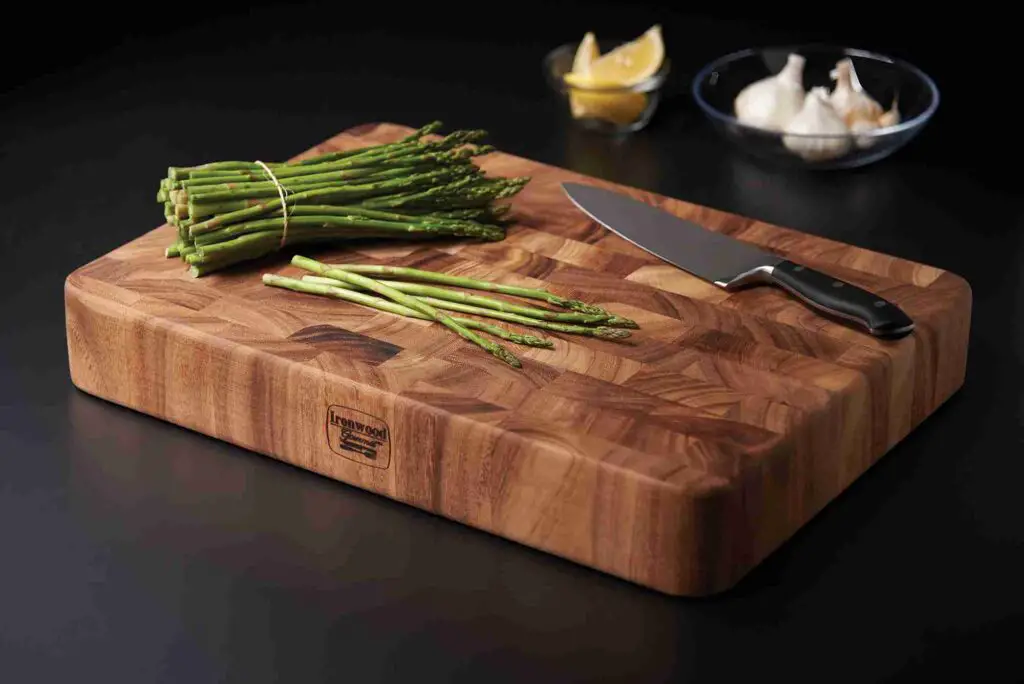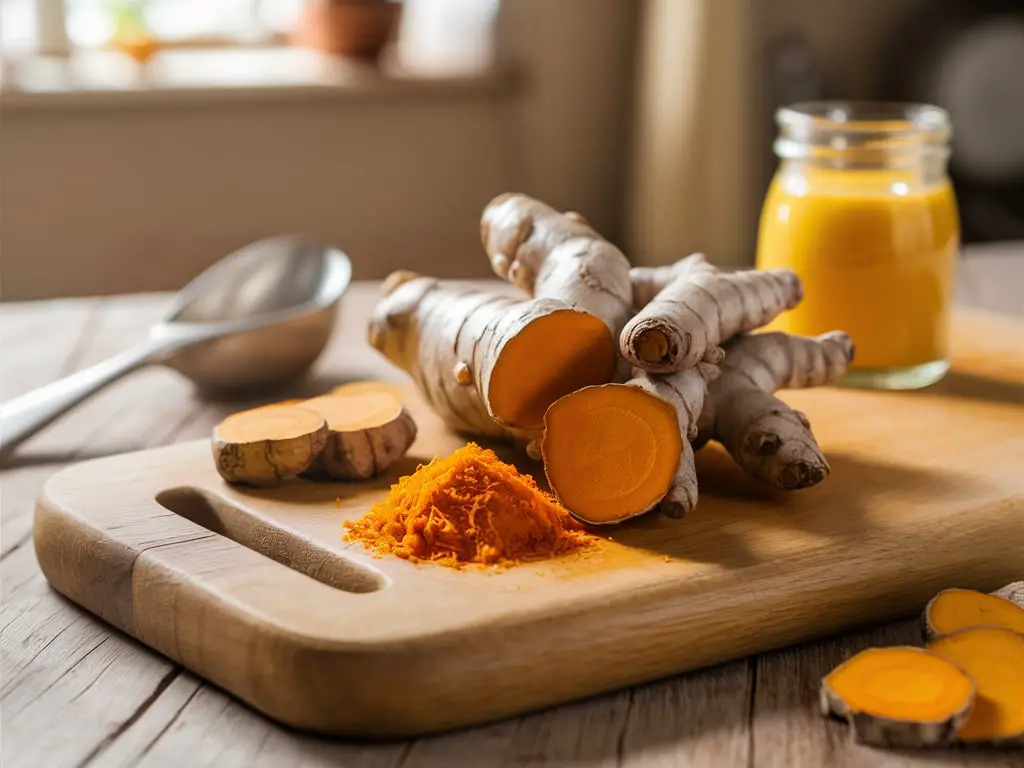The Best Way to Clean and Season Cast Iron Pans

The first cast iron pan I ever owned came from my grandmother. It was heavy, black, and looked like it had lived a hundred lives. At first, I was intimidated because everyone online seemed to have a strong opinion about how to clean it, what not to do, and how to season it the right way.
But once I learned the basics, I realized cast iron isn’t fragile. It’s tough, forgiving, and only gets better with time. When you care for it properly, a cast iron pan can last generations and give food a flavor and sear you just can’t get from anything else.
If you’ve ever felt nervous about scrubbing or seasoning your pan, this guide will walk you through exactly how to keep your cast iron in top shape.
Why Cast Iron Is Special
Cast iron pans are beloved for their:
- Heat retention: They stay hot, perfect for searing and frying.
- Durability: With proper care, they can last decades.
- Natural nonstick surface: Built through seasoning, not chemicals.
- Flavor-building: A well-seasoned pan adds depth to food over time.
The only catch is they need a little extra care compared to stainless steel or nonstick pans.
The Best Way to Clean Cast Iron
Step 1: Clean While Warm
After cooking, let the pan cool slightly but not completely. Cleaning while it’s still warm makes stuck-on bits easier to remove.
Step 2: Skip the Soap (Most of the Time)
Despite the myth, you can use a tiny bit of mild dish soap occasionally, but it’s usually not necessary. Most of the time, hot water and a stiff brush or chainmail scrubber are all you need.
Step 3: Handle Stubborn Residue
If food is stuck:
- Sprinkle coarse salt into the pan.
- Scrub with a paper towel or brush.
- Rinse with warm water.
The salt acts like a natural abrasive without damaging the seasoning.
Step 4: Dry Thoroughly
Never leave cast iron wet. It will rust quickly. Wipe it with a towel, then place it on the stove over low heat for a few minutes to evaporate any remaining moisture.
Step 5: Oil Lightly
Once dry, rub a thin layer of oil (vegetable, canola, or flaxseed) into the surface with a paper towel. Wipe away the excess so the pan doesn’t feel greasy. This maintains the seasoning and protects against rust.
How to Season a Cast Iron Pan
Seasoning is what makes cast iron naturally nonstick. It’s a layer of polymerized oil baked into the iron. Here’s how to do it:
- Start with a clean, dry pan. If it’s new or stripped, wash it thoroughly and dry.
- Apply oil. Rub a thin coat of high-smoke-point oil (flaxseed, canola, grapeseed) over the entire pan, inside and out.
- Wipe away excess. This step is key because too much oil makes the surface sticky.
- Bake it. Place the pan upside down in a 450°F (230°C) oven with foil underneath to catch drips. Bake for 1 hour.
- Cool in the oven. Let it cool completely before storing.
You can repeat this process 2–3 times for a stronger base layer of seasoning.
How Often Should You Season?
- Light seasoning (oiling after use): Every time you cook and clean.
- Deep seasoning (oven-baked): Every few months, or when the surface looks dull, sticky, or food starts sticking.
Common Mistakes to Avoid
- Soaking the pan in water: This leads to rust.
- Using the dishwasher: It strips seasoning completely.
- Too much oil when seasoning: Leaves sticky residue instead of a smooth finish.
- Neglecting it: Cast iron likes regular use. The more you cook with it, the better it gets.
Reviving a Rusty Cast Iron Pan
Don’t panic if you find rust. It’s not ruined.
- Scrub off the rust with steel wool until bare metal shows.
- Wash and dry thoroughly.
- Reseason in the oven using the method above.
Your pan will be back to life in no time.
Everyday Cooking Tips for Cast Iron
- Preheat the pan for even cooking.
- Use enough oil when searing to prevent sticking.
- Avoid long acidic cooks (like tomato sauces) until your pan is very well seasoned.
- Store in a dry place. Stack with a paper towel between pans to absorb moisture.
Final Thought
Caring for cast iron doesn’t have to be complicated. Think of it as a partnership. You cook, clean, and season, and in return, it rewards you with decades of flavor and reliability.
Once you get the hang of it, you might even start collecting cast iron pieces. Each one develops its own character, and they only get better with time. A well-loved cast iron pan isn’t just cookware. It’s kitchen history in the making.

